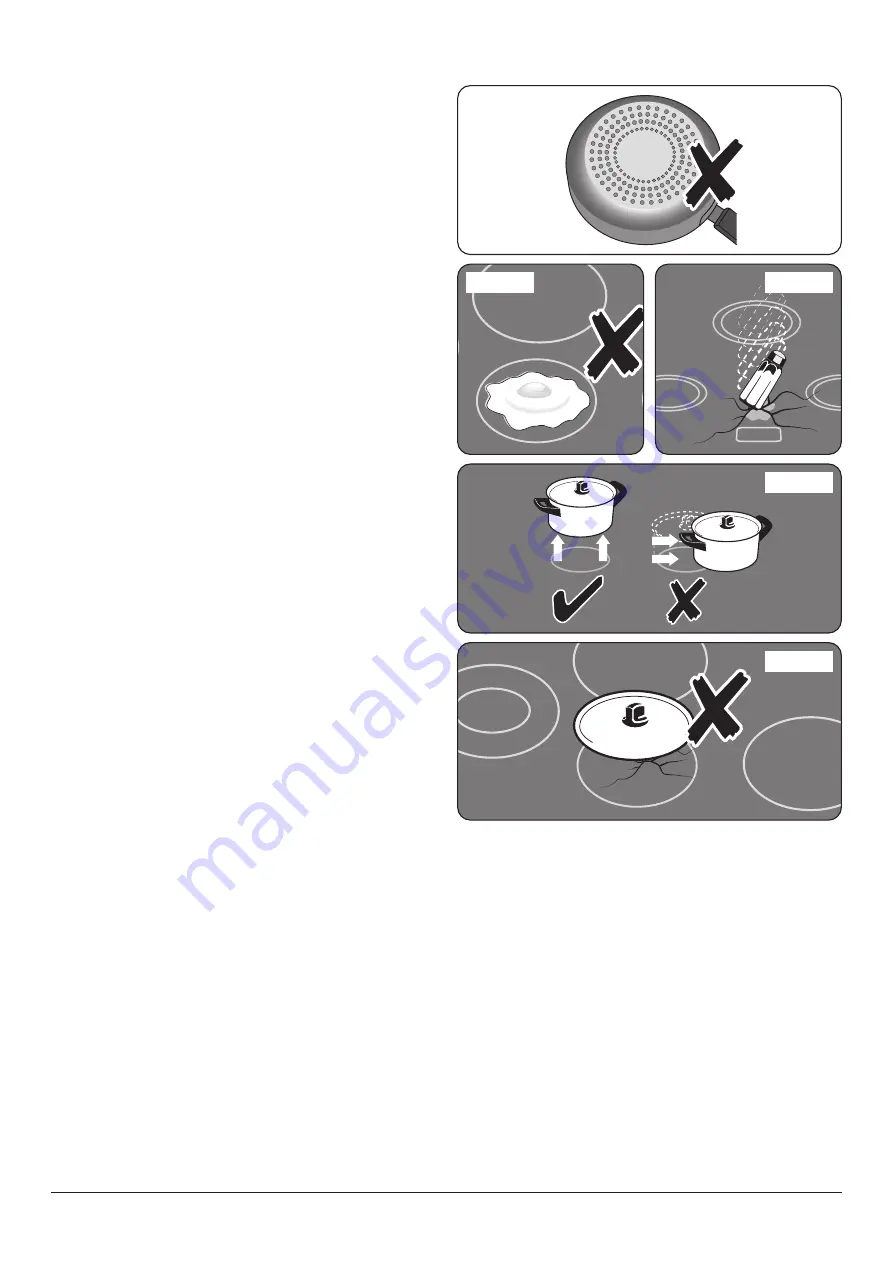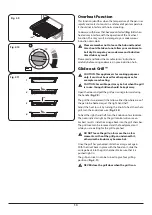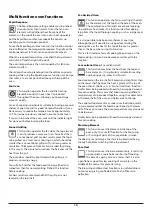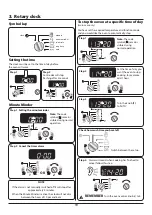
5
•
Only certain types of glass, glass-ceramic,
earthenware or other glazed containers
are suitable for use on the warming zone;
others may break because of the sudden
change in temperature.
•
Only certain types of stainless steel,
enamelled steel or cast iron cookware with
enamelled bases are suitable for induction
hob cooking.
•
Take care
NOT
to scratch the surface when
placing cookware on the glass panel.
•
Only certain types of glass, glass-ceramic,
earthenware or other glazed containers are
suitable for hotplate cooking; others may
break because of the sudden change in
temperature.
NEVER
cook directly on the
hob surface (
).
•
DO NOT
leave the hob zones switched on
unless being used for cooking.
•
DO NOT
stand or rest heavy objects on the
hob. Although the ceramic surface is very
strong, a sharp blow or sharp falling object
(e.g. a salt cellar) might cause the surface
to crack or break (
).
•
WARNING:
Should a crack appear in
the surface, disconnect the appliance
immediately from the supply and arrange
for its repair.
•
ALWAYS LIFT
cookware off the hob.
Sliding the griddle plate or pans may cause
marks and scratches
.
•
Take care
NOT TO PLACE HOT LIDS
onto
the hob surface (
). Lids that have
been used to cover a hot pan can “stick”
or create a “vacuum” effect to the Glass
Hob. Should this occur,
DO NOT
attempt
to lift the lid off the glass surface, this may
damage the glass. Instead slide the lid to
the edge of the hob surface and remove,
taking care not to scratch the hob surface.
Alternatively wait until the lid has cooled to
room temperature, the vacuum has been
ArtNo.312-0001 Not cooking surface
ArtNo.312-0001 Not cooking surface
ArtNo.312-0003 Moving pans
Fig. 1.3
Fig. 1.4
Fig. 1.5
Fig. 1.6
Fig. 1.7
Summary of Contents for CDL110EISL
Page 4: ...ii...










































